Following two nights of twenty-eight degrees (Fahrenheit), the garden was hurrying into winter dormancy until the process was interrupted by another inch of rain and a turn back to a week of milder temperatures. With abundant blooms remaining in late October, I now have a better idea where slightly protected microclimates are in the garden. Flowers of Encore azaleas are damaged in one area, barely in another, and not in the areas I supposed. I’ve guessed wrong so many times when planting tender plants in the past, so this is valuable information, though as is often the case, I am likely to forget before putting it to use.
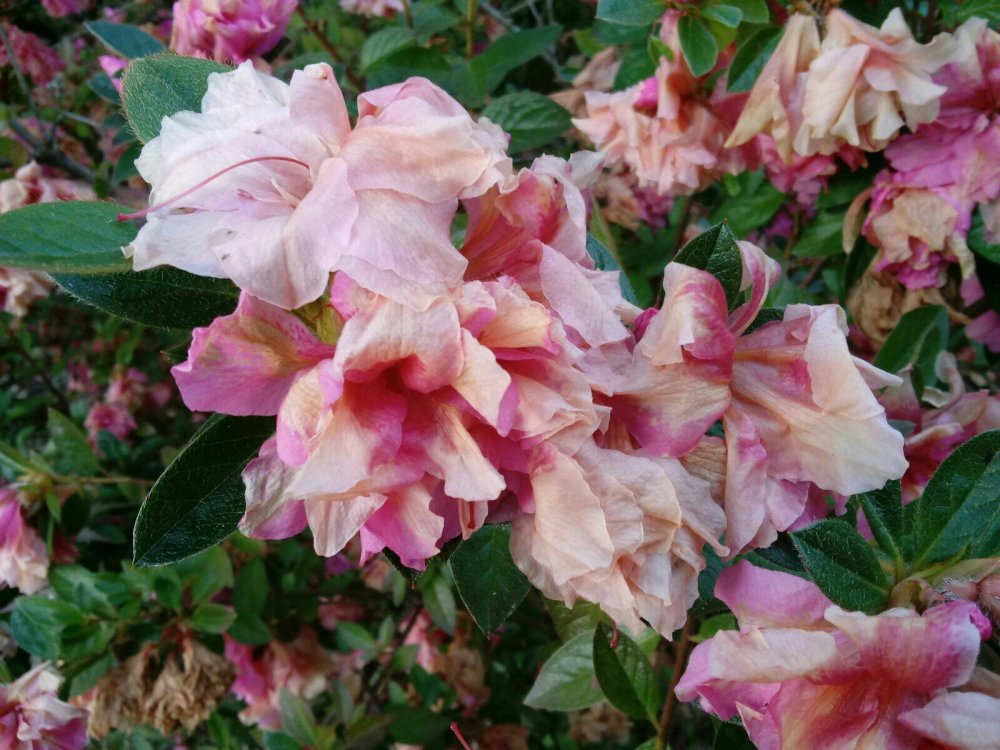
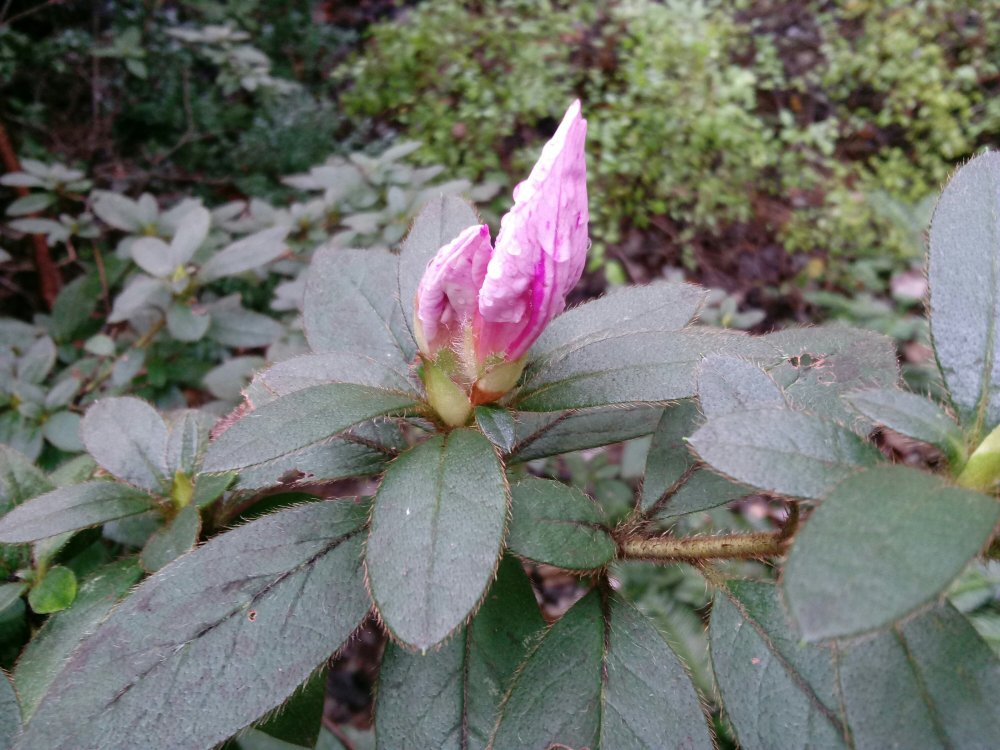
Toad lilies (Tricyrtis) and other late bloomers have suffered little freeze damage, and only to foliage and not flowers. No sub freezing nights are forecast for the next week, so remaining flowers will be enjoyed another week, at least.
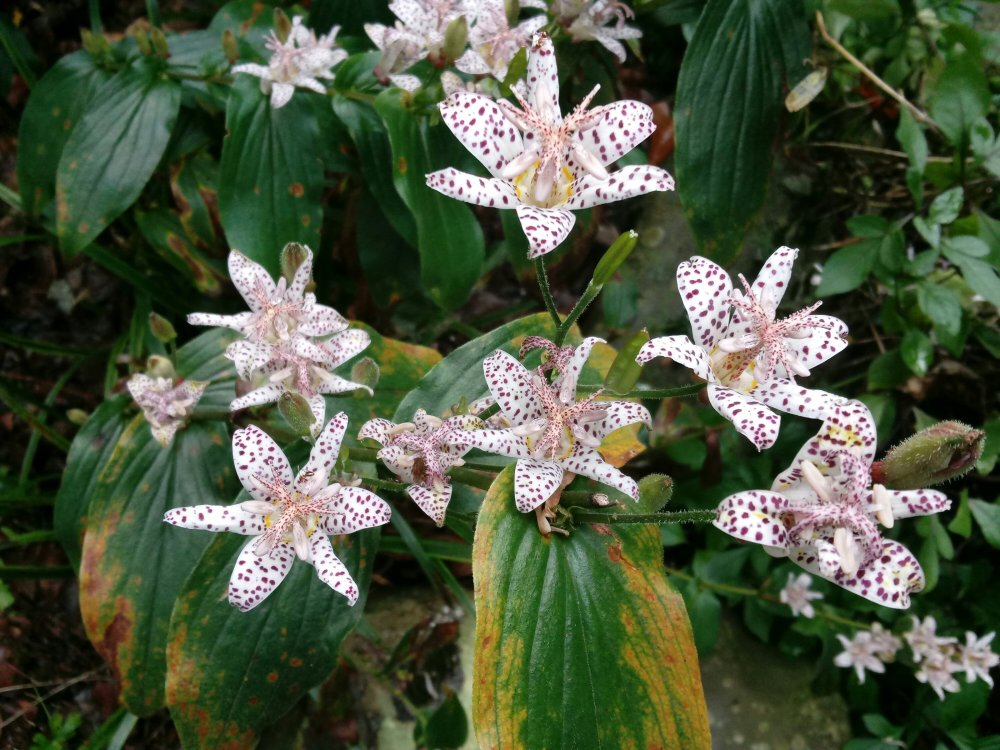
I am surprised to see bees active on flowers of ‘Winter’s Star’ camellia (below) on a cloudy forty-nine degree afternoon, though this is perhaps overstating the case. At first glance they appear frozen in place, but close observation reveals slight movement. In warmer days this week there will be more activity.
Flowers of ‘Winter’s Star’ and other mid-autumn blooming camellias are not damaged by temperatures in the upper twenties typical for October and November, but as flowers stray into December and later they are often damaged when temperatures drop into the teens, and lower.
Several pink flowered camellias can hardly be differentiated, and the while buds of white camellias are swelling, they are likely not to flower for a few weeks. In recent years, ‘Winter’s Snowman’ and ‘Snow Flurry’ have flowered earlier, but it is only the pinks blooming in October. As always, another, more shaded ‘Winter’s Star’ and ‘Winter’s Interlude’ have numerous buds, but show no indication that flowers are imminent. Both typically do not flower until late December, at the earliest, with flowers often appearing in spells of mild January temperatures.
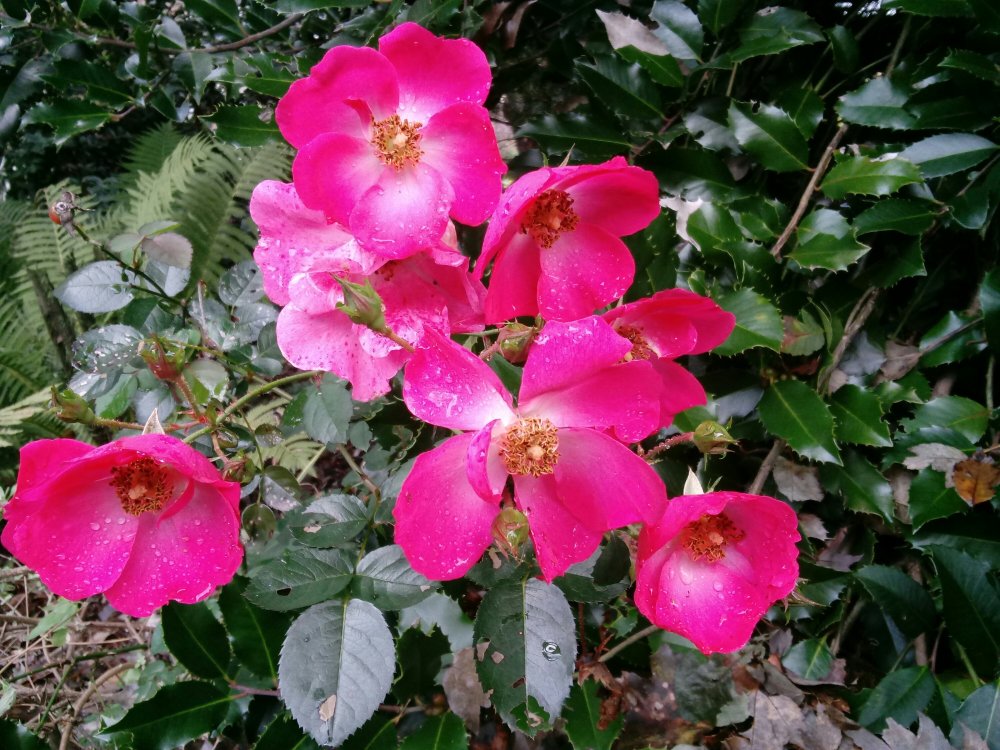
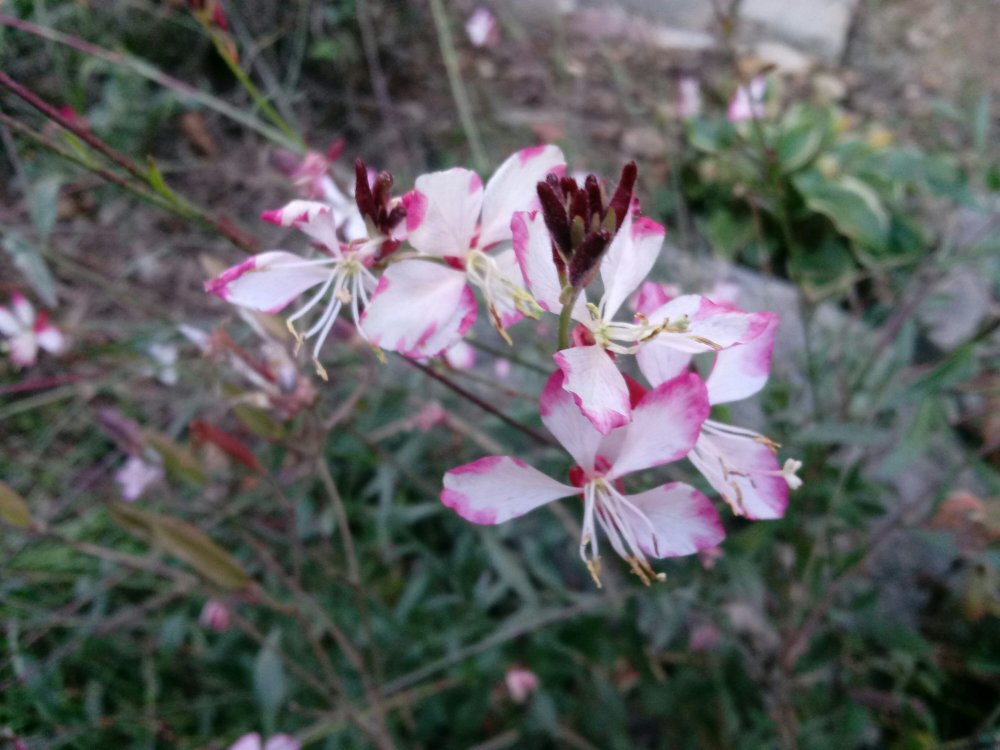
What do you think accounts for your microclimate (and 28F, it hasn’t gone below freezing here in OaktonVienna)? Elevation? Proximity to your house or pond?
Warrenton is right at the point (Bull Run Mountain, which is more a tall hill) where elevations begin to rise, so this is part of the reason for colder temperatures. We are about thirty miles west of you, and I expect every ten miles there’s a measurable drop in temperature. Our property sits between two hills, so we are a bit colder than neighboring properties, but I suspect there is little difference. After a snow, our property remains snow covered days and sometimes weeks longer than our neighbors, but I think this is more that the forest along the southern border of the property obscures the winter path of the sun.
How unfortunate the the azalea puts for the effort to bloom this time of year, only to get frosted.